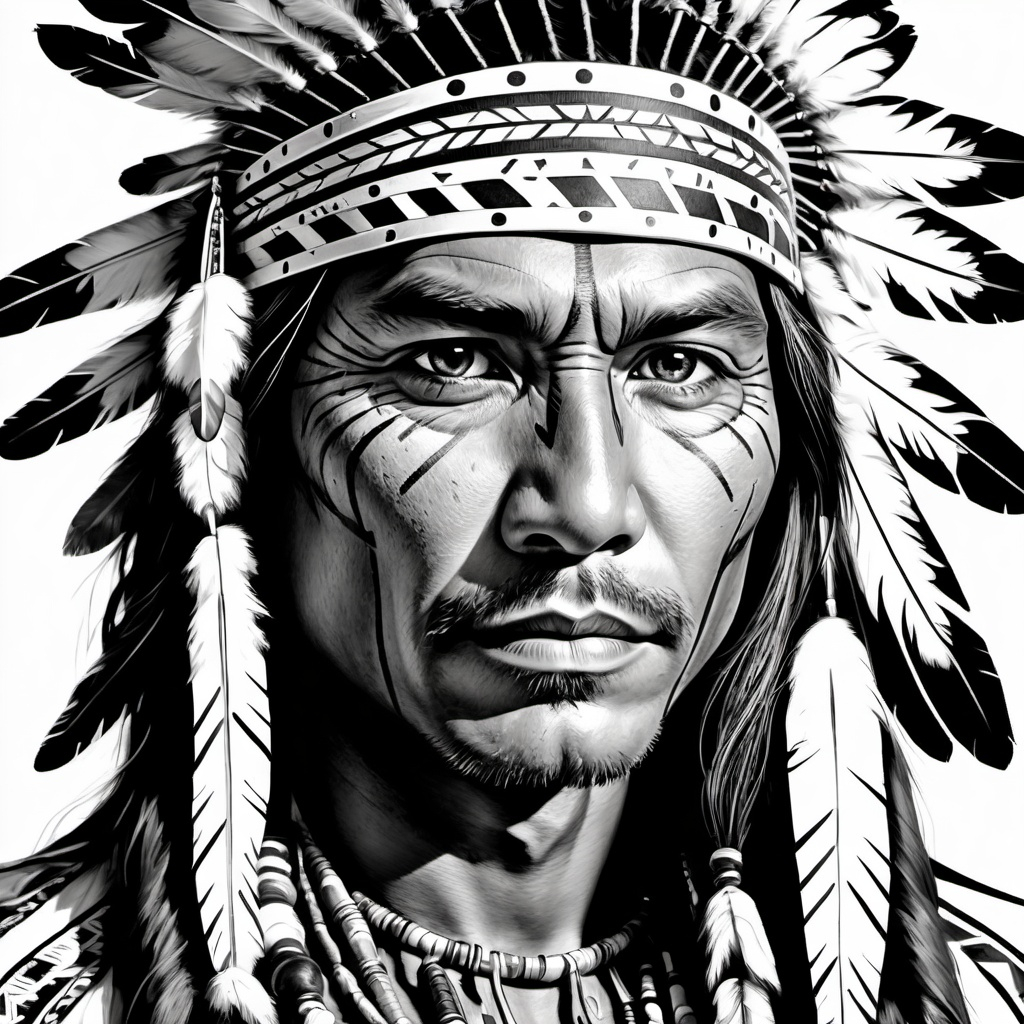In the quiet solitude of my car, driving to Mankato State during my graduate studies, I often found myself immersed in a remarkable piece of music—a song that begins with an authentic Native American chant preserved in the Library of Congress archives. The voice belongs to a Cherokee holy man, one of only three such spiritual leaders recognized in three centuries. Beyond his role as a museum guide, this humble man was a decorated war hero and a living bridge to ancestral traditions that federal policies once sought to erase.
Keepers of Memory
The chanter exemplified what Cherokee culture calls a “Ghigau” or “Beloved One,” a title predominantly bestowed upon women who serve as cultural repositories. His presence in modern times represented a direct connection to ancient practices that might otherwise have vanished—practices systematically targeted for elimination through government programs designed to “civilize” indigenous peoples.
The musician who recorded this song, himself of Cherokee heritage, had embarked on a pilgrimage to meet this living archive of cultural memory. Though countless museum visitors encountered him daily, few likely comprehended the profound historical significance he embodied. His chants, captured in the song’s introduction, offer perhaps the closest modern approximation to pre-colonial indigenous musical traditions.
The Shadow of Mankato
The significance of listening to these recordings in Mankato cannot be overstated. This Minnesota town bears the weight of being the site of America’s largest mass execution—where 38 Dakota men were hanged in December 1862. This execution stands as a stark reminder of America’s complex and often brutal relationship with its indigenous populations.
Many of those executed had already adopted European agricultural practices, challenging the simplistic narratives that often frame such conflicts. While some who participated in the uprising fled westward to Dakota Territory, many others—including women, children, and those who had not participated in hostilities—were imprisoned at Fort Snelling and in Iowa. Historical accounts suggest the Fort’s commander exhibited a degree of compassion, protecting the imprisoned natives from settlers demanding violent retribution.
Patterns of Betrayal
This pattern of assimilation followed by betrayal echoes across tribal histories. The Cherokee, often classified among the “civilized tribes,” had embraced many European customs—including, problematically, the institution of slavery—only to face forced relocation during the Trail of Tears. The United States government’s repeated violation of treaties established a legacy of mistrust that continues to resonate today.
The Persistence of Historical Memory
Despite the passage of generations, cultural memory endures. During the 1980s, more than a century after these conflicts, I encountered literature depicting Native Americans as inherently violent and subhuman, sold openly at rural Midwestern markets. Such dehumanizing characterizations reveal how historical animosities can persist long after the events that spawned them.
Communities preserve and transmit their collective histories through oral traditions, written accounts, and increasingly through digital spaces. While modern technologies facilitate the sharing of historical perspectives previously marginalized, they simultaneously enable the propagation of divisive narratives that can entrench rather than heal historical wounds.
Reconciliation Without Weaponization
The fundamental principles behind diversity, equity, and inclusion initiatives represent necessary steps toward addressing historical injustices and dismantling inherited prejudices. Yet we must remain vigilant against the politicization of these efforts. When reconciliation becomes weaponized for political advantage, it creates new resentments that undermine its original purpose and provides fertile ground for reactionary movements.
My support for reconciliation stems from recognition of our need to transcend generational hatreds. However, this support is tempered by awareness that poorly implemented or cynically manipulated diversity programs can generate resistance rather than healing. True reconciliation requires acknowledging historical truths while avoiding approaches that create new divisions.
Conclusion
As we navigate the complex terrain of historical memory and contemporary reconciliation, we would do well to focus on our shared humanity. The path forward lies not in perpetuating animosity but in acknowledging painful truths while cultivating understanding across historical divides. The ancient chants preserved in that museum recording remind us that we are all connected to histories larger than ourselves—histories that demand honest reckoning rather than comfortable forgetting or political exploitation.
In this genuine reckoning may lie the seeds of authentic healing.
